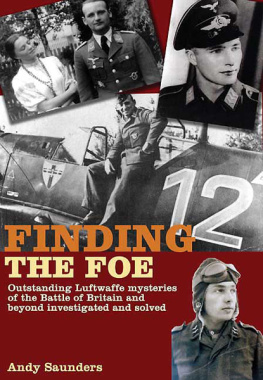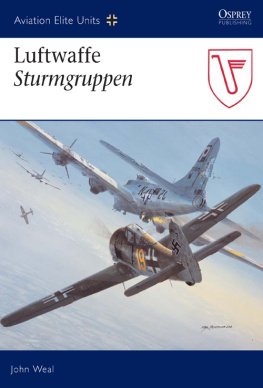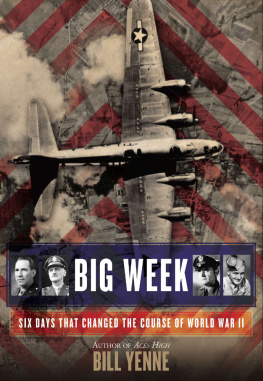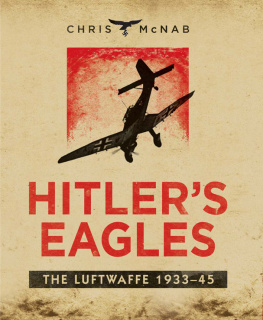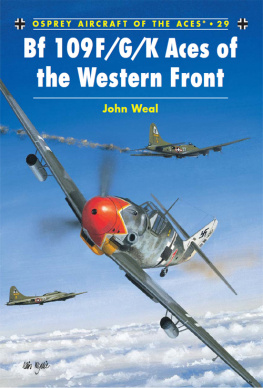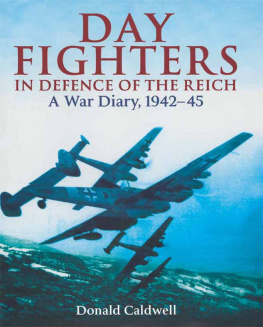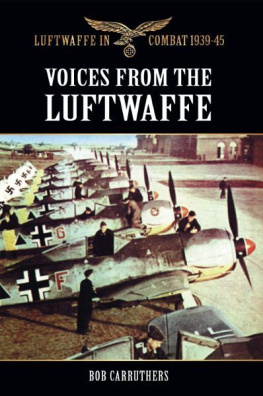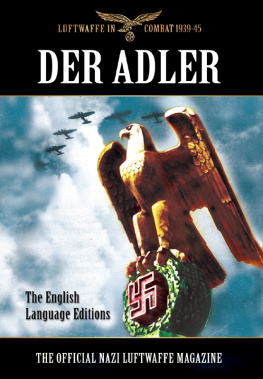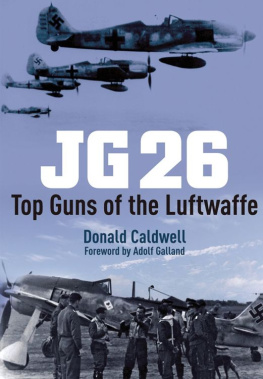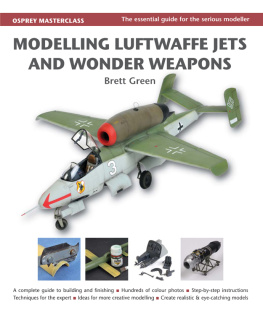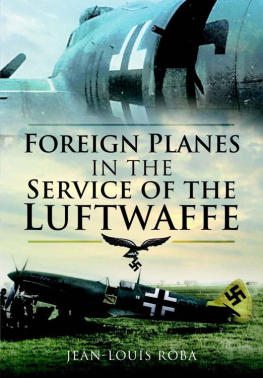


Published in the United States of America and Great Britain in 2016 by
CASEMATE PUBLISHERS
1950 Lawrence Road, Havertown, PA 19083, USA
and
10 Hythe Bridge Street, Oxford OX1 2EW, UK
Lla Presse
English translation and layout Casemate Publishers 2016
Paperback Edition: ISBN 978-1-61200-408-2
Digital Edition: ISBN 978-1-61200-410-5
A CIP record for this book is available from the Library of Congress and the British Library
All rights reserved. No part of this book may be reproduced or transmitted in any form or by any means, electronic or mechanical including photocopying, recording or by any information storage and retrieval system, without permission from the publisher in writing.
Printed and bound by Replika Press Pvt Ltd, India
For a complete list of Casemate titles, please contact:
CASEMATE PUBLISHERS (US)
Telephone (610) 853-9131
Fax (610) 853-9146
Email:
www.casematepublishers.com
CASEMATE PUBLISHERS (UK)
Telephone (01865) 241249
Fax (01865) 794449
Email:
www.casematepublishers.co.uk
CONTENTS
INTRODUCTION
E ighty years after its creation, the Luftwaffe still holds a fascination that probably has no equal in the history of aviation. From almost nothing in 1935, this aerial force would prove entirely formidable by the outbreak of the Second World War. An offensive weapon par excellence, it would be the Third Reichs principal instrument of conquest during the Blitzkreig with such famous aircraft as the Ju 87 Stuka and the Messerschmitt Bf 109. When pressure intensified on all fronts from the end of 1942, it would continue to enjoy success, despite increasing reverses, thanks to the development of new combat tactics and revolutionary new technologies such as jet propulsion. Even in the spring of 1945 an Allied pilot flying over Germany still dreaded the prospect of an encounter with an Me 262.
Despite its immense prestige, there are relatively few colour shots of Luftwaffe aircraft and for one simple reason: the propaganda machine of the Third Reich reserved Germanys Agfachrome film process for its own official use unlike the US counterpart film process, Kodachrome, which was widely available during the war to both soldiers and civilians.

War correspondent Richter filming the pilot of a Fieseler Storch preparing to take off in May or June of 1940. The Fi 156 carries the factory code GA+WN.
As a result, the German soldier who loved photography had to be creative. A former pilot of JG 53 told us that when he was stationed in France in late 1940, he raided all the local photography shops in search of rare colour films. By including photographs from both magazines and newspapers of the time and also several private collectors, we have managed to assemble in this first volume over 300 colour photographs, many of which are previously unpublished, that trace the history of the Luftwaffe during the period of its greatest triumphs.
The first efforts at colour photography date back to 1840 but the technology really developed in the 1930s. Leading early practitioners were the Lumire brothers with their Autochrome but their technique was complicated and used heavy glass plates which were fragile and very expensive. In 1935, the American company, Kodak, introduced Kodachrome, the first modern colour film. The following year, the German Agfa company launched Agfacolor whose integrated colour-sensitized emulsion layers greatly simplified the processing of films.

A box of Agfacolor Neu film.
Colour photography was now available to the general public for the first time. However, the price of a colour film was significantly higher than that of black and white film and for this reason, as well as the difficulty of taking good colour photographs indoors, most photographs were still taken in black and white until the beginning of the 1950s. Thus the images in this book are extremely rare.
Christophe Cony & Jean-Louis Roba

A Swiss advertising poster from 1937 for Agfas Isochrom and Isopan black and white films.
Part I
The Pre-War Period


Gliding was a well-established national sport in Germany by the time the Nazi Party took power in 1933. Taking advantage of this enthusiasm for flight, the Third Reich did all it could to interest its young men in aviation by organizing huge glider competitions. This photo shows the famous Wasserkuppe peak in the Rhn mountains, which since 1920 had been the site of an annual gliding competition. This photograph of the 1939 competition which took place between July 23rd and August 6th is from Signal magazine. Various single-seater performance gliders can be seen including D-4-866, D-2-385, D-9,575, D7, 2193, D-12-454, D-7-331 and D-13-429 as well as the Akaflieg Mnchen M 13D. (Signal)

FVA-13 Olympia Jolle D-12-411 at the Rhn Glider Competition in 1939. This glider was developed by Flugwissenchaftliche Vereiningung Aachen (Flight Research Association Aachen) for the 1940 Olympic Games in Finland, which for the first time would have included a gliding event, but the design was passed over by the Olympic Commission in favour of the DFS Olympia Meise. (Signal)

Assembling a Gppingen G 3 Minimoa. The cockpit is encased in moulded Plexiglas, a new innovation at the time. (Signal)

Seen here gliding silently above the Rhn mountains, G 3 Minimoa D-10-921 was used in 1939 by the NSFK-Gr. 10 in Dortmund. (Signal)
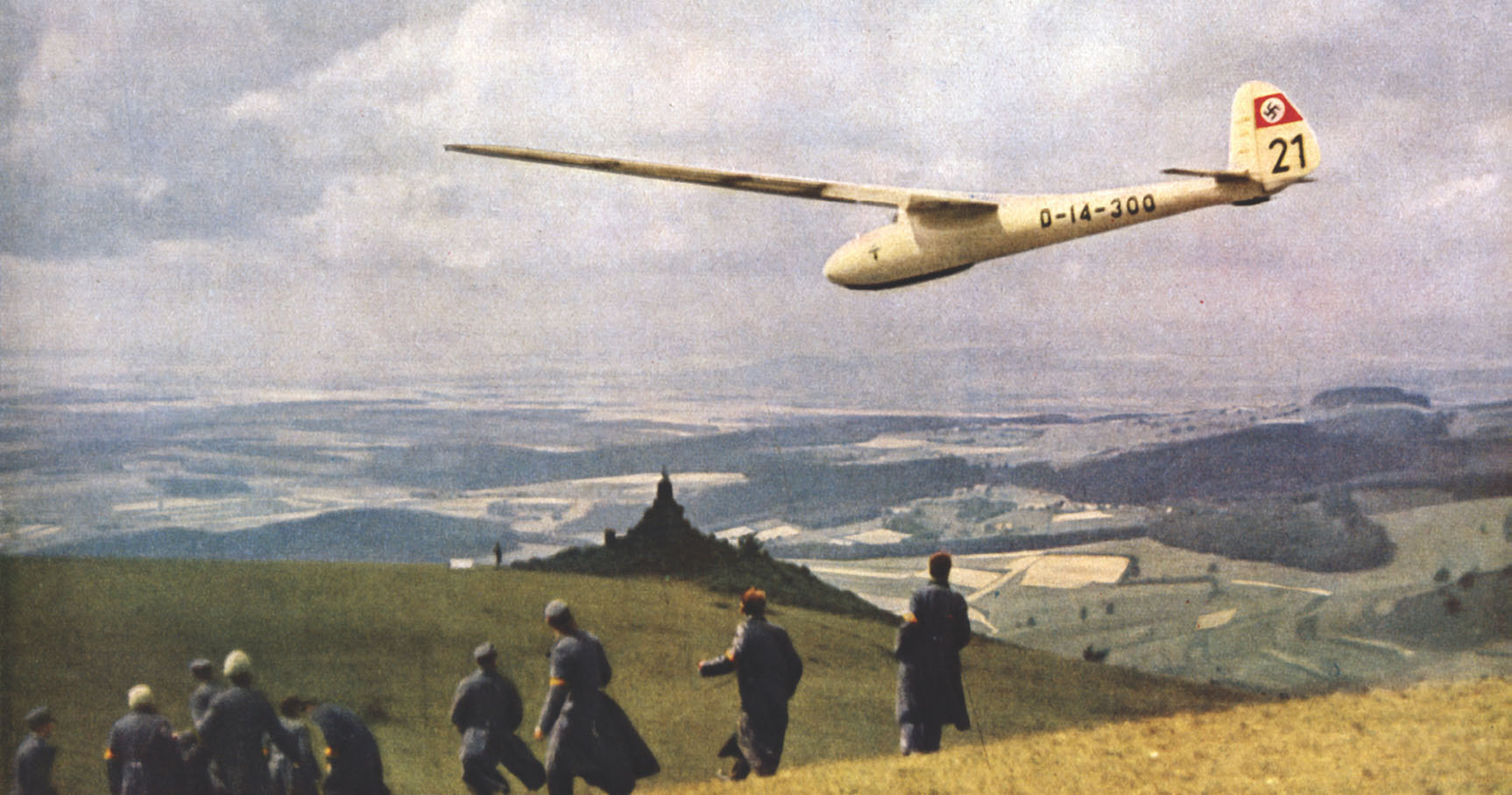
A DFS 108-68 Weihe just launched from the Wasserkuppe, displaying the markings of the NSFK-Gr. 14. The NSFK (Nationalsozialistisches Fliegerkorps) was an organization formed by the Nazi Party in October 1937 which brought together all civil aviation activities in Germany. This new paramilitary training organisation was much more politicized than its predecessor, the DLV (Deutscher Luftsportverband), created in March 1933.


